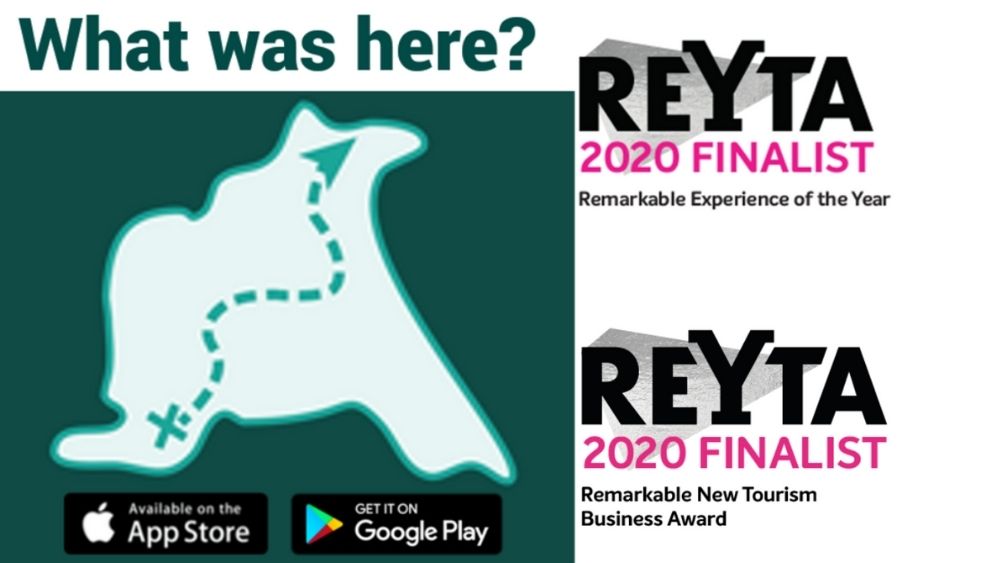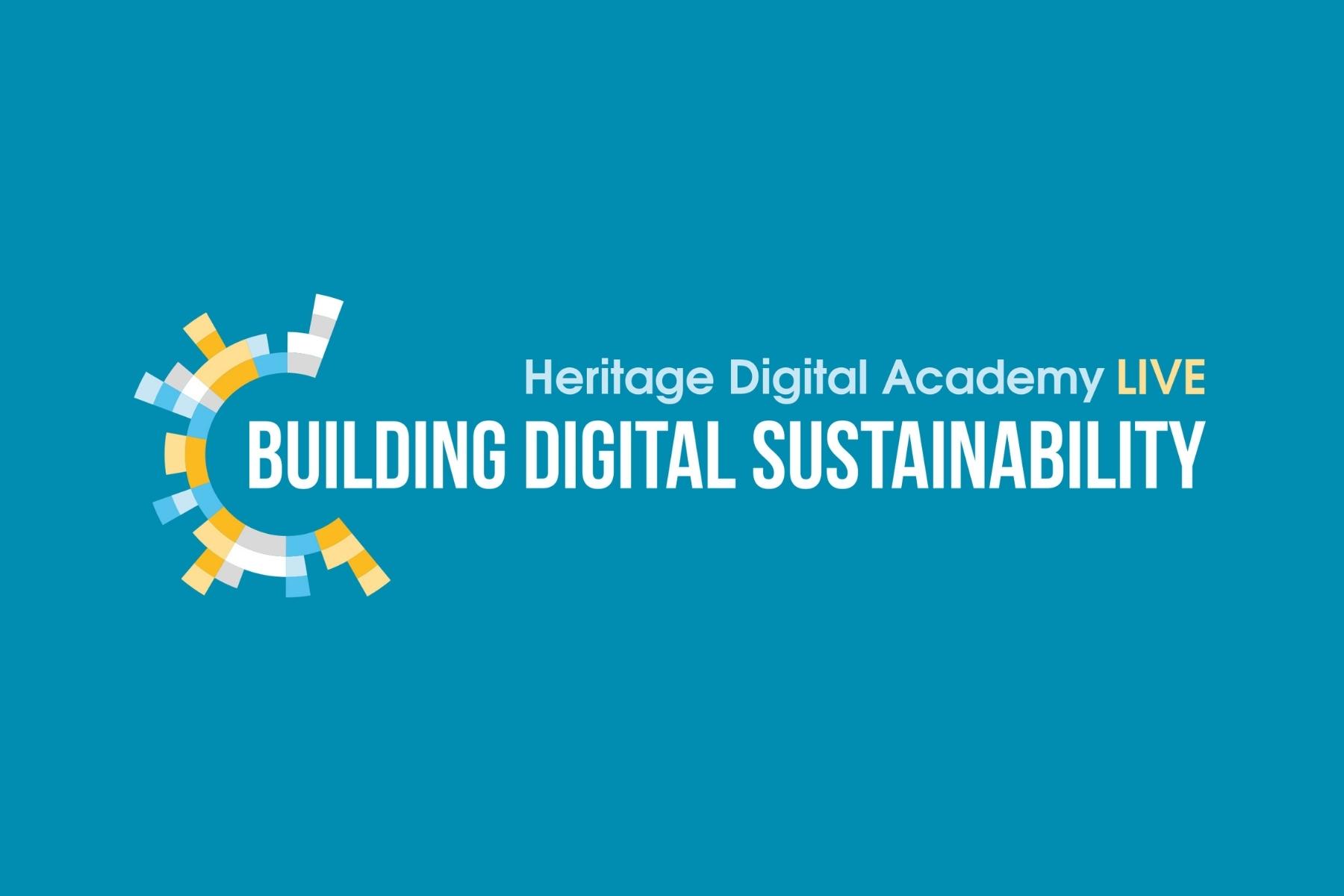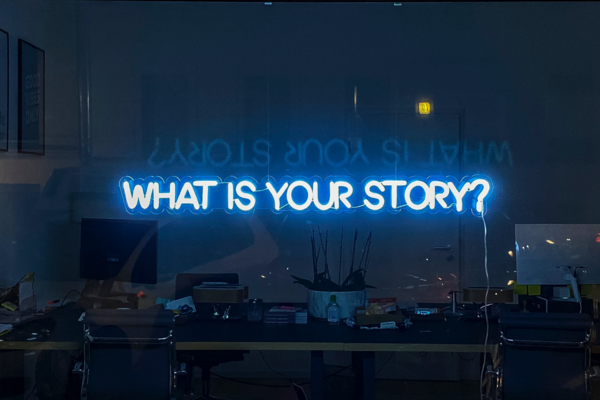Heritage Experts: What Was Here? Creating a Heritage Trail App to Bring Archives to Digital Audiences
Sam Bartle, Digital Archivist at East Riding Archives discusses how they created an app to engage an online audience
Image: ’What Was Here’ app
The interest and appetite for local heritage is immense, but the reality is that huge swathes of our potential audience will, for various reasons, never set foot in our archives facility at the Treasure House in Beverley, East Yorkshire.
Through my remit for Digital at East Riding Archives, I wanted to break down those physical barriers and deliver heritage straight into the hands of any potential user through an intuitive mobile discovery experience; empowering them for various uses, be that general tourism, ancestral tourism (family history), formal education, or simple local interest.
The ‘What Was Here?’ app is a location-based mobile solution for access to geo-referenced historic photos & maps, giving users the opportunity for self-directed exploration of the area to discover what used to exist in their immediate surroundings, with an option to buy prints (photos) and do heritage trails.
“As we all try and find a way forward during the blight of COVID-19, I’m confident that these partnerships will be able to endure, and at a time when a socially distanced form of heritage experience is not only desirable but vital”
I conceived the idea in June 2015, while observing my surroundings on a walk into work. A long process ensued for winning corporate approval and following due procurement procedures with support from IT Business Analysts and my Group Manager. Finally, in April 2018 I began working with external developers, but it wasn’t until April 2019 that ‘What Was Here?’ finally launched (with photos only, not maps).
One of the issues was that technical difficulties in achieving map overlays meant I had to devise a solution for obtaining accurate coordinates. We managed to deliver useful historic map overlays onto the platform during the COVID-19 lockdown in April 2020, and I now look forward to developing the content and experience further.
A phase 2 of development is planned, in which we hope to make enhancements to the user interface (UI) and user experience (UX) making it more intuitive and visually appealing. This will also be informed by user feedback, in particular on the issue of how long pages take to load. But for now, we have a freely accessible platform that allows us to distribute heritage content instantly onto mobile devices across our catchment area and beyond, making us more accessible as a service and enhancing our digital presence in the region. This is especially important for supporting vulnerable people unable to visit our facility and in creating reminiscence opportunities for dementia sufferers.
Through heritage trails, new partnerships have been developed with various stakeholders including Sewerby Hall & Gardens, the Humber Bridge Board, Driffield Show, the Yorkshire Wolds Way, a local children’s author, as well as other libraries and museums.
As we all try and find a way forward during the blight of COVID-19, I’m confident that these partnerships will be able to endure, and at a time when a socially distanced form of heritage experience is not only desirable but vital; I believe the ‘What Was Here?’ app and mobile heritage tourism in general has an increasing role to play.
Download the ‘What Was Here’ app for free:
Play Store – play.google.com/store/apps/details?id=com.surfaceimpression.eastridings&hl=en
App Store - apps.apple.com/az/app/what-was-here/id1453854091
See also article ‘Archives on the Go’ (Archivoz):
www.archivozmagazine.org/en/archives-on-the-go-what-was-here-uses-technology-to-bring-content-from-the-research-room-into-the-wider-world-for-self-directed-exploration/
How tech can be used to strengthen a story and broadcast it to more audiences
Putting storytelling at the heart of your digital marketing strategy
How tech can be used to strengthen a story and broadcast it to more audiences
Collecting digital stories: rights and privacy issues
The Art of Digital Storytelling
Funded by the National Lottery Heritage Fund










